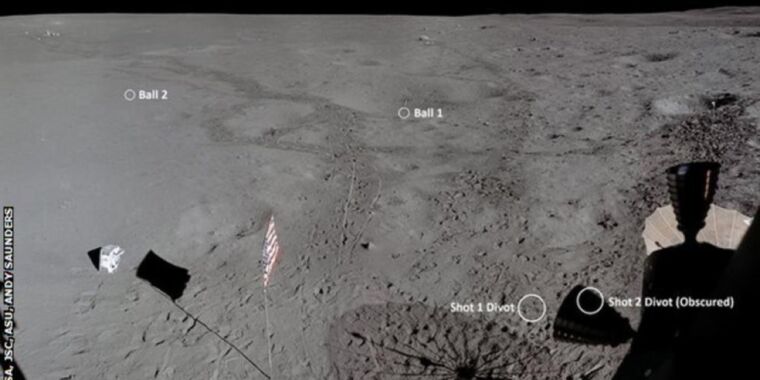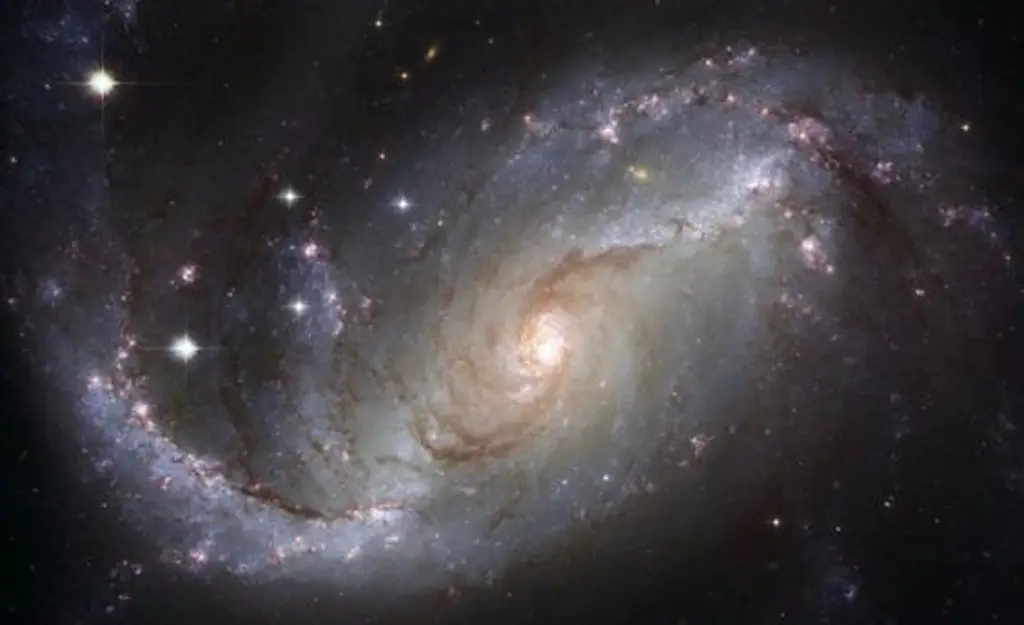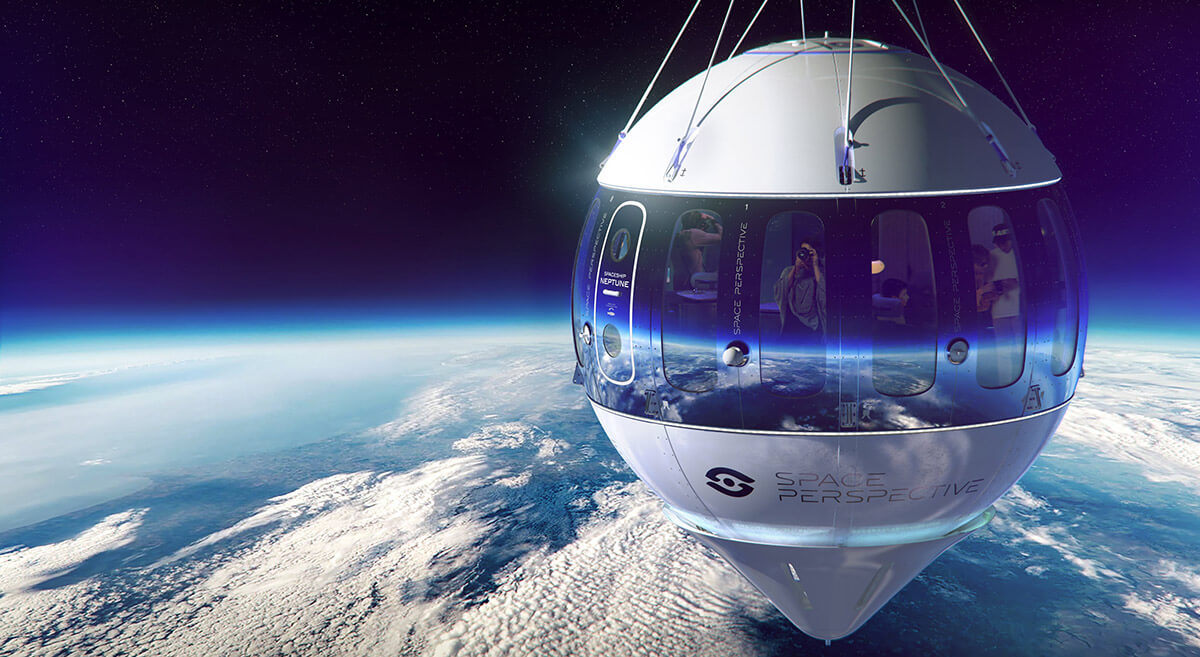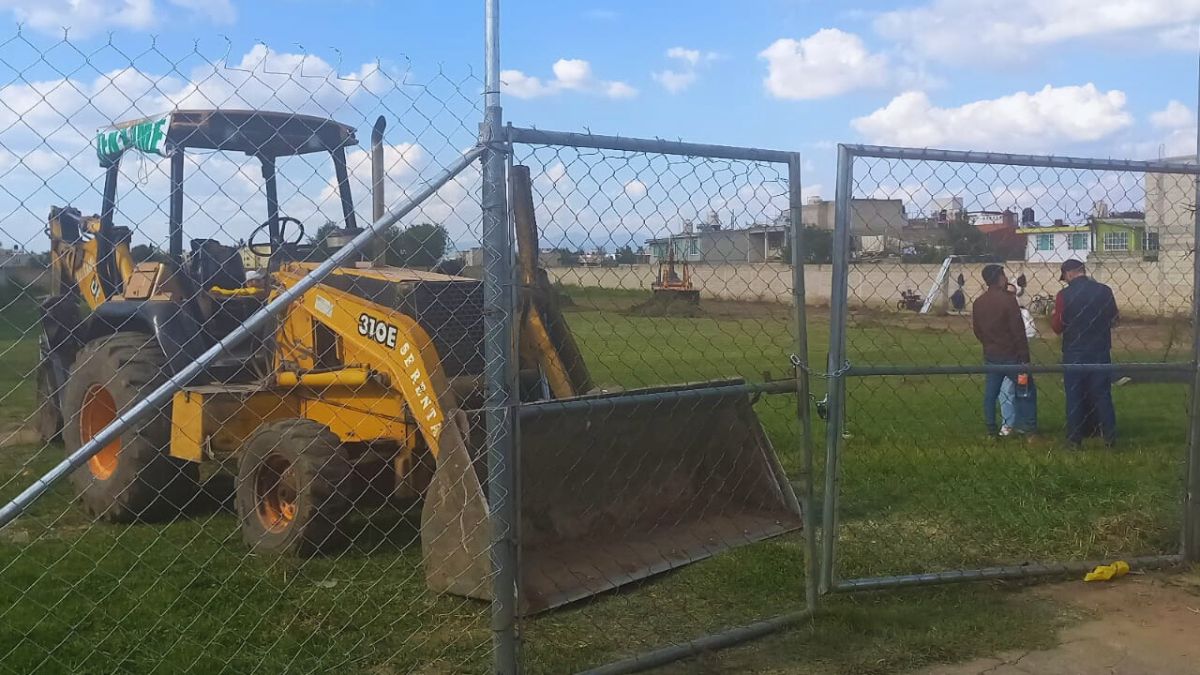This week, fifty years ago, a NASA astronaut Alan B. Shepard Jr. Did space history when he took over Some golf swings On the surface of the moon during Apollo 14 missionI hit two golf balls on the surface of the moon. Space enthusiasts have debated for decades how far the second ball went. It seems Now you have an answerThanks to the efforts of photography specialist Andy Saunders, who digitally enhanced the archival images from that task and used them to estimate the final comfort points of golf balls.
Saunders, who worked with the United States Golf Association (USGA) to commemorate Shepherd’s historic achievement, Announce Your discoveries on Twitter. Saunders concluded that the first golf ball to hit Shepard ran about 24 meters, while the second golf ball cut 40 meters.
Shepherd’s fondness for warmth was occasionally shown during his successful naval career with NASA, especially when he was a test pilot at Naval Air Station Patuxent River in Maryland. I was one step away from a court martial because Chesapeake Bay Bridge Loop During a test flight, but fortunately his superiors intervened. When President Dwight D. Eisenhower founded NASA in 1959, Shepard was chosen as one of the seven Mercury astronauts. (The others were Scott Carpenter, Gordon Cooper, John Glenn, Joss Grissom, Wally Shira, and Dick Slayton.)
Shepherd won a fierce competition chosen for the first American manned space mission. Russian astronaut Yuri Gagarin became famous as the first man to reach space on April 25, 1961, thanks to repeated postponements of NASA’s Mercury mission, but Shepard was not far behind. He made his own flight into space a month later, on May 5. Unfortunately, he was detained after he was diagnosed with Ménière’s disease, causing an abnormally high volume of fluid in the inner ear.
Four years later, surgery corrected the problem and Sheppard was able to fly. Missed meeting with celebrity. Apollo 13 mission– “Best Failure” for NASA and the theme of the 1995 Oscar-winning film, Apollo 13 (One of my all time favorites). Instead, Shepherd commanded the Apollo 14 mission, which began on January 31, 1971 and landed on the moon on February 5.
to the moon!
The idea for a golf game created by Shepherd appeared in 1970. Visit comedian Bob Hope At NASA headquarters in Houston. A golfer in love, Hope made a joke about hitting a golf ball on the moon, and Shepherd thought it would be a great way to communicate the difference in gravitational force to people looking at Earth. So he paid a professional named Jack Harden at the River Oaks Country Club in Houston to adjust the Wilson Stuff 6’s iron head so that it could be attached to a collapsible aluminum and Teflon sampler. Once NASA’s technical services division added some finishing touches, Shepard practiced a golf swing on a Houston field while wearing a 200-pound spacesuit to prepare.
The most popular accounts describe Shepherd as “escaping” from two balls and a golf club to the spaceship, but consequently Later interview with Shepherd, That It was not the case. The astronaut implemented the idea after then-NASA administrator Bob Gilroth, who initially objected but withdrew once Shepherd discovered the details. Shepherd also assured Gilroth that the mission would be carried out only after all official scouting missions had been completed and only if the mission had been completed without hindrance.
On February 6, Shepherd brought the stick and two balls. His spacesuit was too bulky to use both hands, so he twirled the makeshift wand with only his right hand. After two hits that were “dirtier than a ball,” he hit the ball on the third hit and “hit” it in a nearby crater. (“Sounds like a piece to me, Al,” Apollo 13 pilot Fred Hayes joked as he watched Mission Control.)
But Shepard made it to the fourth try. He sent the ball and flew out of the room and announced that he had traveled “miles, miles and miles.” Unsurprisingly, the impressive 30-second flight showed exactly the difference in gravity between Earth and the Moon. Not to be left behind, his teammate Edgar Mitchell used a tree from the Solar Wind Experiment as a spear, which landed next to the first golf ball. Once back on Earth, Shepard donated his temporary club. USGA Museum A replay has been made and is now shown in Smithsonian.
The location of the first ball Shepherd hit has been known for some time: it is in a volcanic crater, near Mitchell’s Well, about 24 meters from where Shepherd was when he swung. Remastering the archive photos of Saunders allowed him to locate the second ball that went further, as well as one of the teams on the lunar soil.
“You can access high-quality Apollo images online,” says video historian and editor Apollo W. David Woods told Ars. These photos were taken at 55mm, negative and transparency, for 55mm on each side. The scans they had and are available online are 11,000 pixels. So there are huge, massive images that you can really dive into, if you are experienced in image processing. “.
Photo tricks
Saunders has this experience. It was based on recent high-resolution scans for the original Flight film and also used a technology known as subfilling, among others.
“Some things were shot on 16mm film,” Woods said. “Each individual image is very small and grainy. But if you stack them on top of each other, cancel the grain, cancel the noise, and keep the images inherent in all these frames. It’s a trick astronomers use as they capture a lot of images of an area of the night sky. And cancel it. “Noise stacking images in the same way.”
The Apollo 14 crew snapped a series of images from the lunar module window to capture the poster scene, which Saunders grouped into a single panorama. According to Saunders, due to the known location of the television camera, fingerprints could have been identified on Shepherd’s shoes, indicating his position on the first (failed) attempt. Using a known scale from the images captured by Monthly recognition vehicleHe then managed to measure the point between the bracelet and the second golf ball that came out at his estimate of 40 meters.
Saunders, his next book is titled Apollo RemasteredIt is estimated that a US Open professional golfer like Bryson Deschamps could, in theory, hit a ball up to 3.41 miles on the surface of the moon, with a suspension time of 1 minute and 22 seconds, much more (and more) than Shepherd’s achievement. . As such He told the BBC:
Unfortunately, even the second impressive hit can hardly be described as “miles, miles and miles”, but of course this was seen only as a slight exaggeration. The moon is actually a huge shelter that is not covered by rocks. The compression suits severely restricted movement and, thanks to the helmet visors, they even had a hard time seeing their feet. I would challenge any golfer in the club to go to their home court and attempt to hit a one-handed six iron with a quarter swing from an open shelter. Then imagine that you are fit, wearing a helmet and thick gloves. Also, remember that there was a bit of gravity to push the head towards the ball. The fact that Shepherd sounded and lifted the ball into the air is quite impressive.
Of course, the astronaut’s legacy as the first man to play golf on the moon remains true.





